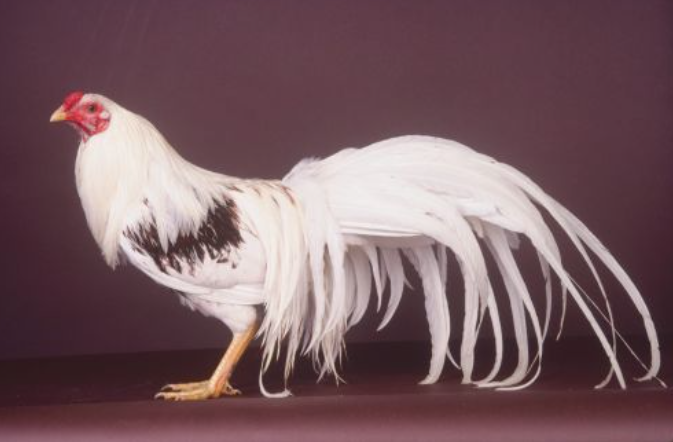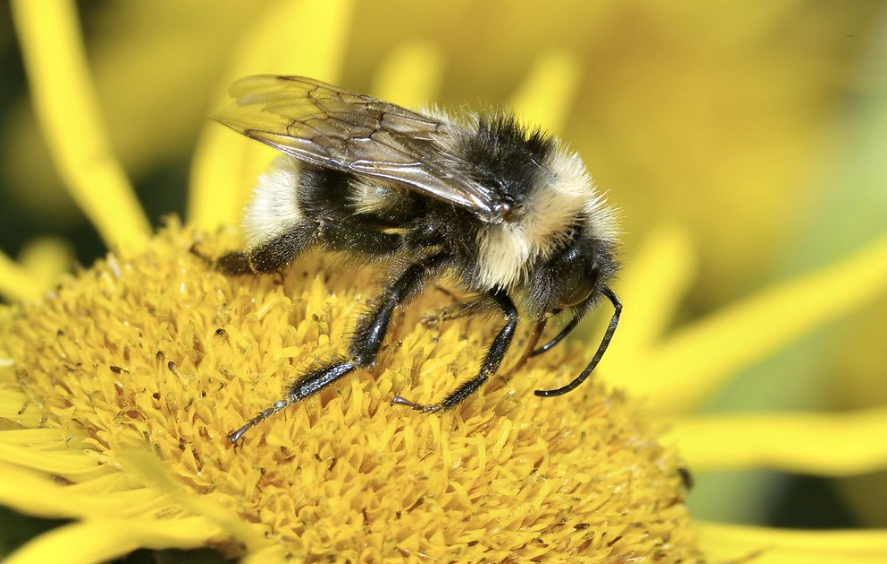Exploring the World of Snow Buntings
Introduction to Snow Buntings
Snow buntings are little passerine birds that migrate in groups. They are distinguished by their remarkable white plumage, which aids in their ability to blend in with their natural environment’s wintry scenes. These birds breed throughout the summer months and are mostly found in the Arctic areas of North America, Europe, and Asia. In the wild, snow buntings are readily recognised due to their unique black and white pattern on their wings and tail.
Winter Adaptations and Behavior
In more temperate areas, snow buntings may be spotted throughout the winter, when they search for seeds and insects to survive. These birds, which often gather in big flocks to roost together for warmth and safety during the cold winter months, are renowned for their tenacity. Snow buntings are nimble aviators that can easily manoeuvre through heavy gusts and snowfalls, which helps them adapt to their frigid surroundings.
Vocalizations and Ecological Role
Snow Buntings are well-known for their melodic songs, which they utilise to communicate with one another and entice partners during the mating season, in addition to their physical modifications. These birds are extremely gregarious and are frequently seen in large flocks hunting or performing courting rituals. Snow buntings are a key component of the Arctic food chain because they regulate insect populations and disperse seeds, both of which are essential to their ecology.
Discovering the Fascinating Snow Bunting
Migration Patterns
Long-distance migration is a well-known characteristic of snow bunting. In the summer, they live on the high Arctic tundra, where they reproduce. But as winter draws near, they set out on an amazing flight that would take them hundreds of kilometres to more temperate lands. Certain snow buntings may be found in portions of Europe and the northern United States, which is rather far south. Because of their migratory activity, snow buntings may find food and refuge in places where the cold Arctic winter is less severe. They often gather in huge flocks, sometimes numbering in the hundreds, which makes them a captivating sight to watch as they travel over the terrain.
Arctic Adaptations
A variety of adaptations enable snow buntings to thrive in their native Arctic environment. Their plumage is one of their most distinguishing features. Male snow buntings are striking black and white during the mating season, while the females have more muted brown and white plumage. Because of their camouflage, they are protected from predators and able to blend in with the icy environment. In addition to their plumage, snow buntings have other adaptations that help them survive in the cold. In the winter, they have a thick coat of fat that keeps them warm and gives them energy. In addition, their feet and legs are covered with feathers, which serve as their own snowshoes and enable them to walk on top of thick snow without sinking.
Courtship and Reproduction
Male snow buntings use elaborate wooing displays in an effort to entice a partner during the breeding season. These performances include physical posture, singing, and aerial acrobatics. The males will deliver a graceful swooping performance as they soar through the air while singing a melodic song. After a male impresses a female, they establish a monogamous connection and construct a nest together. Usually, in a small dip on the ground coated with feathers and other soft materials, the female will lay a clutch of eggs. Both parents share responsibility for incubating the eggs and tending to the hatchlings.
Preserving Snow Buntings for Future Generations
The amazing birds known as snow buntings have evolved to survive in the harsh Arctic climate. They are an interesting species to study and watch because of their long-distance travels, adaptations to the Arctic, and peaceful courting displays. The next time you see a small group of birds flying together over a snowy environment, stop and admire the perseverance and beauty of the snow bunting.


